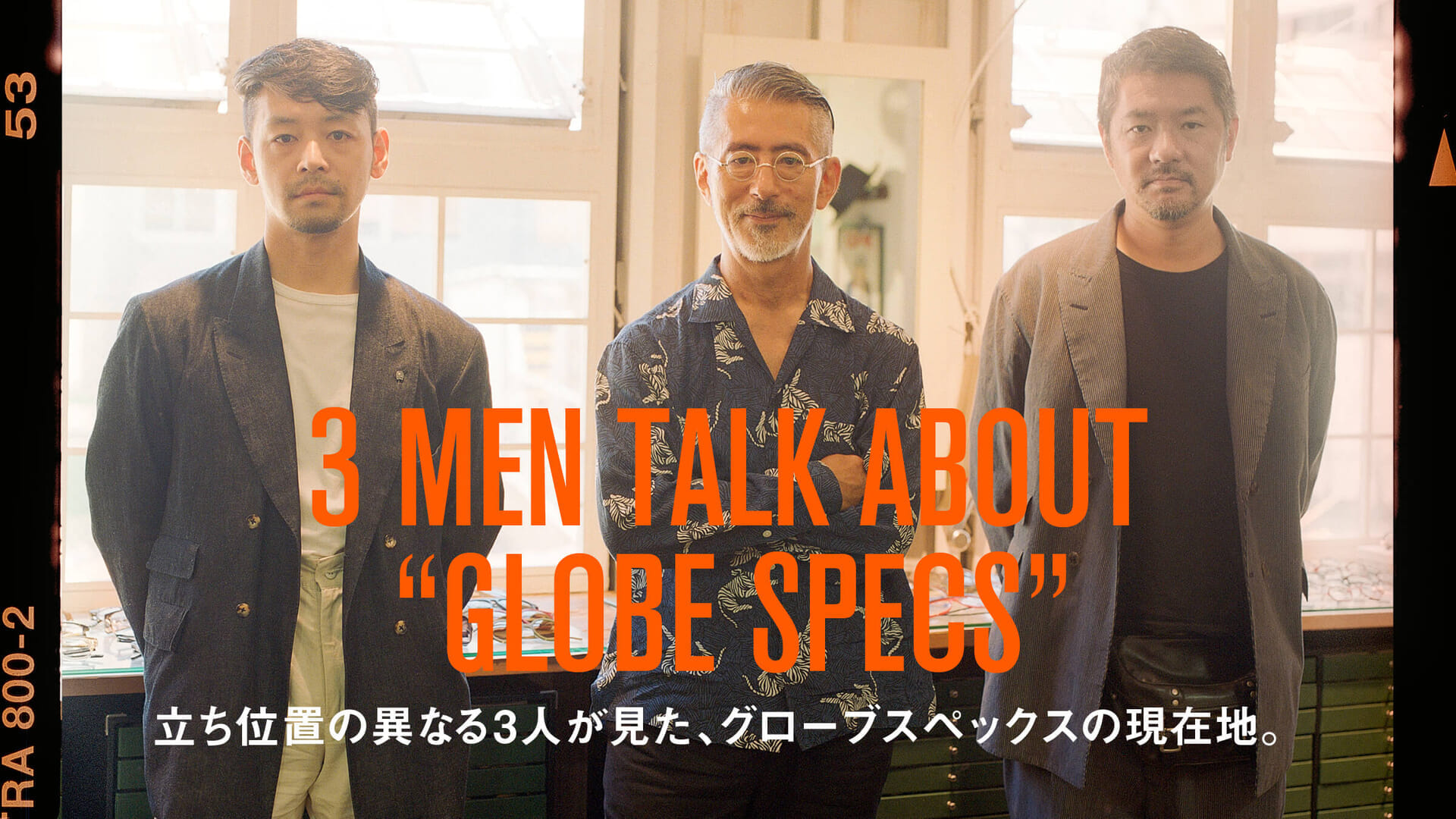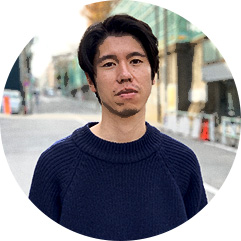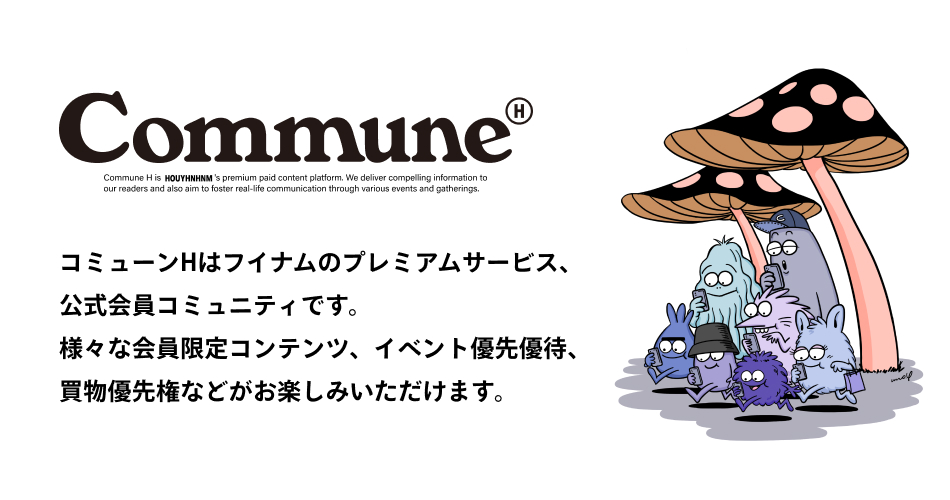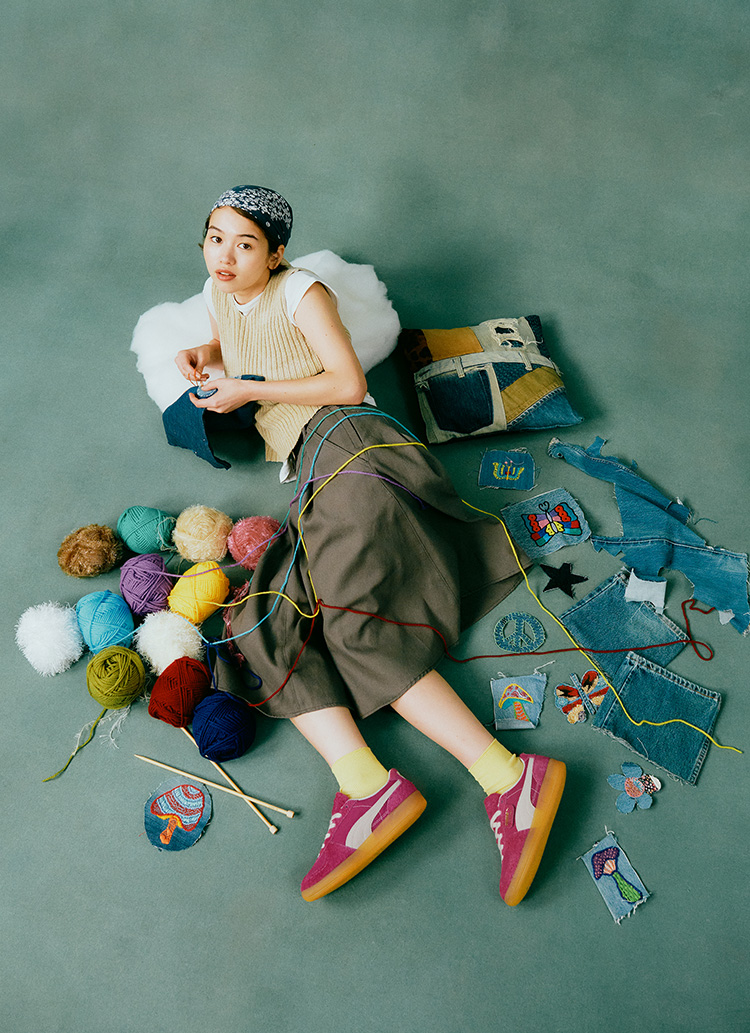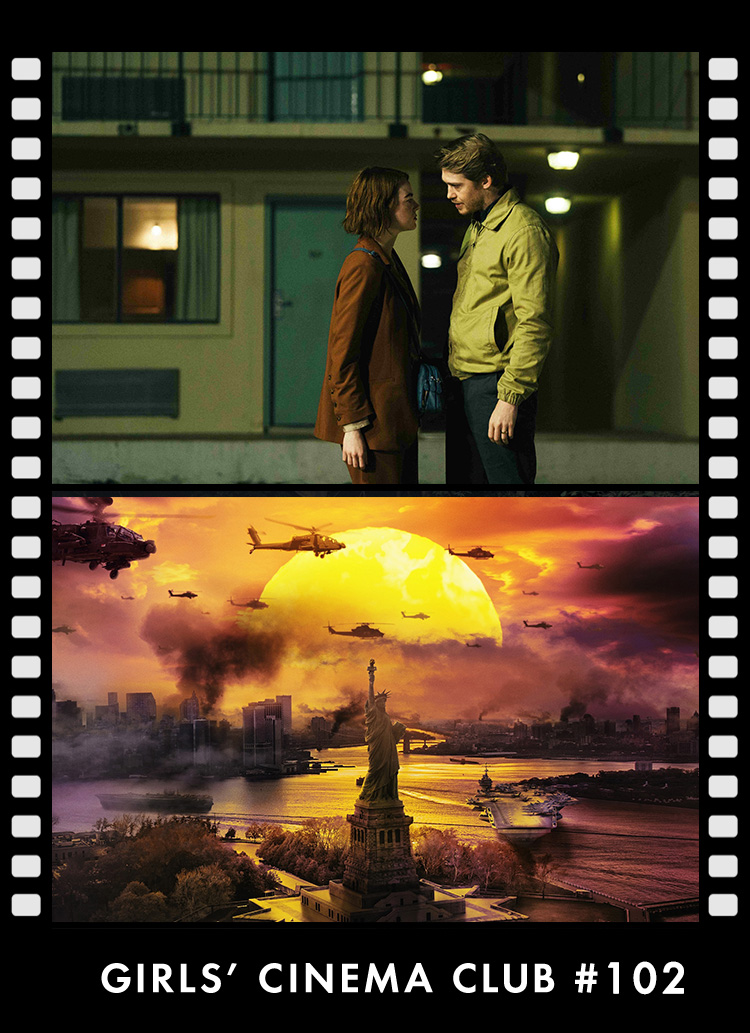This is the first new restaurant we have opened in Kyoto in 20 years.
The Shibuya store opened in 1998, the Daikanyama store in 2000, and the Kyoto store this year. What was the impetus behind the Kyoto store opening for the first time in 20 years?
Okada:Kyoto has always been my favorite city. I used to go there every year just to eat. In addition, there is a lot of beautiful architecture and world-class historical statues and art, as well as elegant machiya (traditional townhouses). On the other hand, there are also stores that are taking on new challenges, as well as stores with great taste in arts and crafts, giving you a glimpse of the cutting-edge side of culture. And every time I visited again and again, my desire to open a store in Kyoto someday grew stronger.
Q: This is your first store opening in the Kansai area. Did you have any concerns?
Okada:Of course there were. When I looked at Tokyo stores that have opened in Kyoto, many of them, such as "Pass the Baton" and "Arts & Science," were in machiya-like buildings unique to Kyoto. However, I thought it would be difficult to find similar properties, and in Kyoto, stores are not solidly located in one place, but are dispersed in various locations. So even if I wanted to open a restaurant, it would be difficult to define the property and area. Besides, I wasn't sure how well known "Globespecs" was in the Kansai region, even though we have been introduced in various media. In addition, I had heard that other fashion stores had a very difficult time entering the Kyoto market at first, so I thought it might be difficult for a while... Nevertheless, I made up my mind because our stores in Shibuya and Daikanyama in Tokyo had a small number of customers who came from the Kansai region and other more distant areas.

What made you decide on this location?
Okada:Would you like to open a store at the end of 2018? I was invited to do so. If we were going to open a store in Kyoto, we wanted to open in a building with a sense of history and culture, so the "Shinpukan" building, built in the 1920s, was ideal. The surrounding area, including "1LDK" and "Pilgrim Surf + Supply," is not a large commercial facility like ours, and the fact that we would be in the same neighborhood as other stores with which we have a good match was also a reason for our decision.
I visited the Kyoto store the other day and found it to be a very atmospheric building.
Okada:After doing some research, I found out that the building was originally built in the 1920s by the "Kyoto Central Telephone Office," the predecessor of "NTT," and I fell in love with it at first sight.
What did you keep in mind when you were working on the interior?
Okada:Globespecs" selects products from all over the world, but the store's space itself is not devoted to a specific atmosphere, such as New York or Paris, but rather a mix of great senses and coolness from all over the world, including Japan. Therefore, rather than creating a shiny new look, the space is composed of a collection of vintage and antique items. Kyoto has tradition and history, of course, but it also has cutting-edge areas where new things are born. We aimed to create a store that successfully utilizes both elements. It is not a store that harkens back to the old days, with furniture from the same period as the building, but a completely new store that combines old parts that have never been seen before.
What exactly did you do?
Okada:All of the furniture, lighting, and building materials are antique. Vintage flooring and cast metal supports were sourced from around the world, including London, France, New York, and Portland, as well as old Japanese storehouse doors and Taisho Romantic-inspired furniture.
Entrance and interior view of the Kyoto store. The signage in the first and second pictures is by "NUTS ART WORKS.
I understand that NUTS is responsible for the signage.
Okada:I had seen the signage at Old Joe's and had hoped that one day you would write about it, and this book has strengthened my desire to do so.

When did this book come out?
Okada:I think it is a few years old, but the world view of NUTS's work is just wonderful. Seeing this gave me an image of the Kyoto store.
NUTS:You put together an exhibition held in 2016 at VACANT in Harajuku (closed at the end of last year).
What kind of order did Mr. Okada give you?
NUTS:I was sent photos of the atmosphere of the store and key fixtures and decorations, and then I was allowed to draw freely.
Okada:That's right. We had a look at all the elements that make up the Kyoto store, including the furniture, and then we just told them the sizes in advance. It has already exceeded my imagination, and I am very grateful.

By the way, when NUTS takes on a job, what is the process?
NUTS:We completely separate the work from the artwork, so we don't impose on them as if we were saying, "This is good!" We don't force them to do so. The owner of the store understands the image of the store best, so when I talk to him or her, I know whether I want the store to stand out or harmonize with the owner. I often draw based on that. Of course, after working with them many times, I get to know their tastes and worldview, so there are times when I leave it completely up to them.
Two months have passed since the opening. Do you have any behind-the-scenes stories that you can tell us now?
Okada:It cost us more money than we had expected because we furnished everything from the floor to the fixtures with antiques. I thought about leaving the walls and ceiling as they were, but they were a little too dirty to do that. But we didn't have the budget, so we wondered what to do. As a result, we arranged the fixtures well and hid them (laughs). Also, to coincide with the opening of the Kyoto store, we made signage for NUTS and eyeglass wipes printed with the work of Shohei Takasaki, an artist active in Portland, OR, USA. These are given to customers who purchase the glasses.


